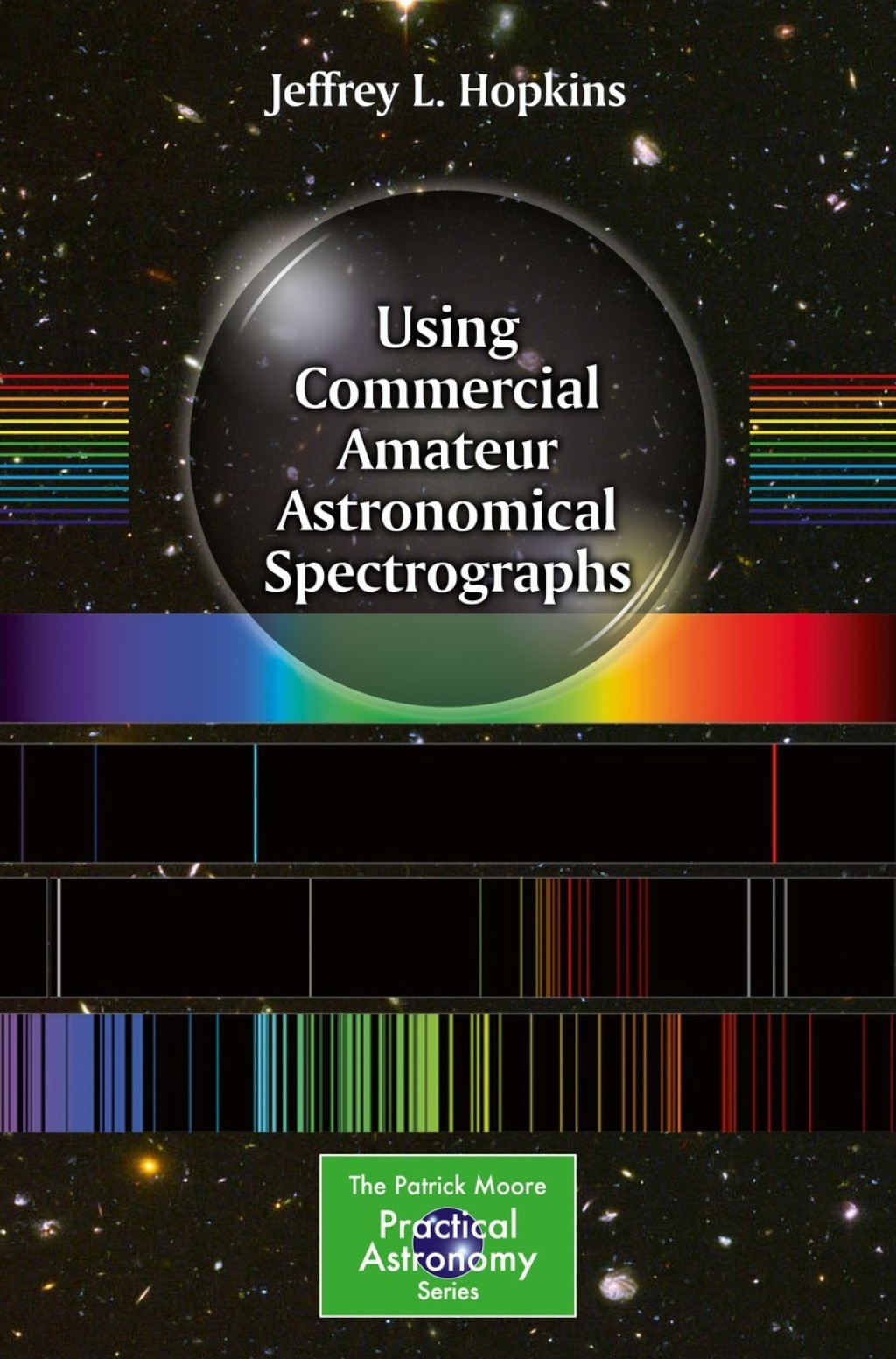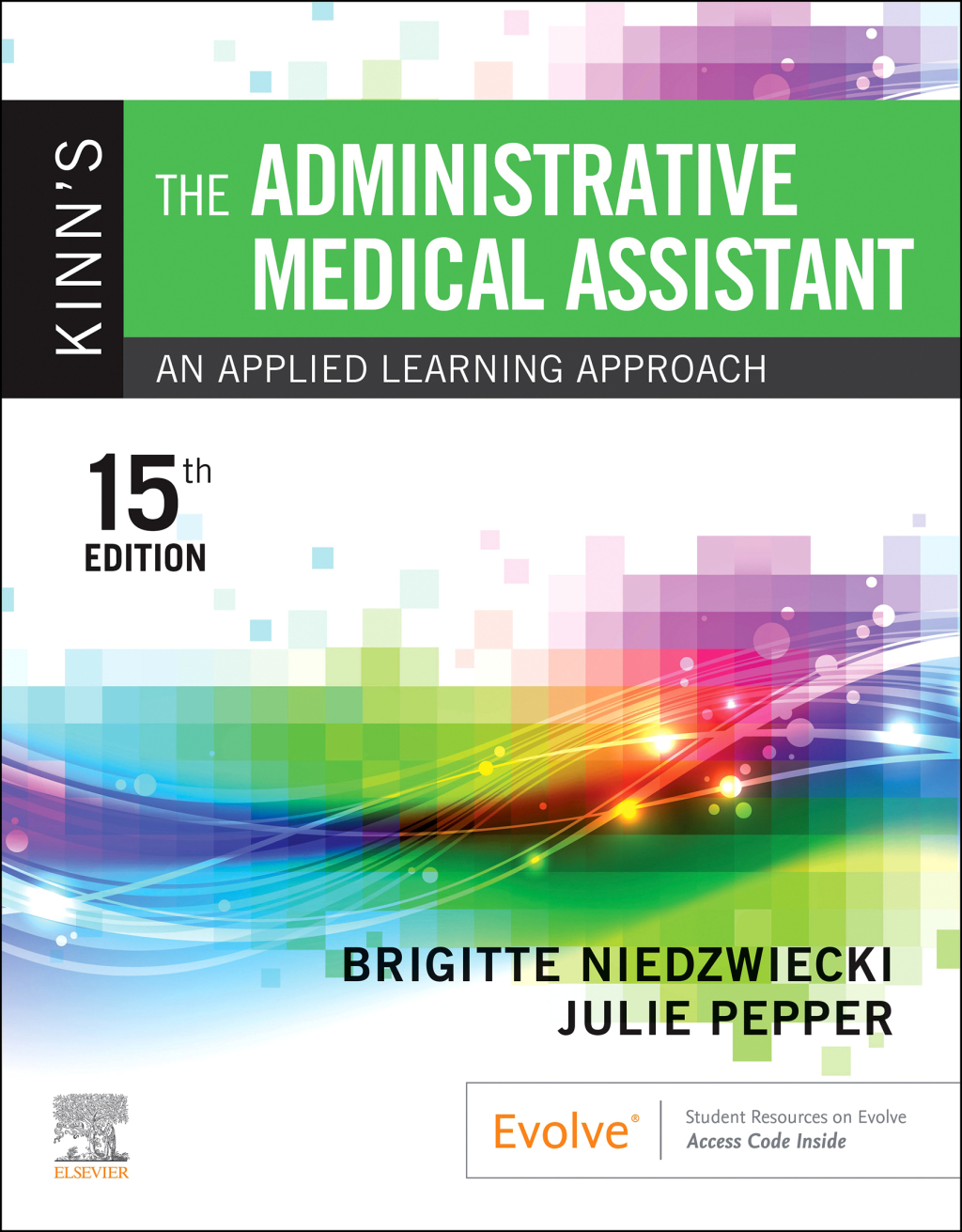Amateur astronomers interested in learning more about astronomical spectroscopy now have the guide they need. It provides detailed information about how to get started inexpensively with low-resolution spectroscopy, and then how to move on to more advanced high-resolution spectroscopy. Uniquely, the instructions concentrate very much on the practical aspects of using commercially-available spectroscopes, rather than simply explaining how spectroscopes work. The book includes a clear explanation of the laboratory theory behind astronomical spectrographs, and goes on to extensively cover the practical application of astronomical spectroscopy in detail. Four popular and reasonably-priced commercially available diffraction grating spectrographs are used as examples. The first is a low-resolution transmission diffraction grating, the Star Analyser spectrograph. The second is an inexpensive fiber optic coupled bench spectrograph that can be used to learn more about spectroscopy. The third is a newcomer, the ALPY 600 spectrograph. The fourth spectrograph considered is at the other end of the market both in performance and cost, the high-resolution Lhires III. While considerably more expensive, this is a popular and excellent scientific instrument, that allows more advanced amateur astronomers to produce scientifically valuable data. With all of these tools in place, the amateur astronomer is well-prepared to forger deeper into the night sky using spectroscopy.
“Advances in Anesthesia, 2022 1st Edition” has been added to your cart. View cart
Using Commercial Amateur Astronomical Spectrographs
Author(s): Jeffrey L. Hopkins
Publisher: Springer
ISBN: 9783319014418
Edition:
$39,99
Delivery: This can be downloaded Immediately after purchasing.
Version: Only PDF Version.
Compatible Devices: Can be read on any device (Kindle, NOOK, Android/IOS devices, Windows, MAC)
Quality: High Quality. No missing contents. Printable
Recommended Software: Check here










